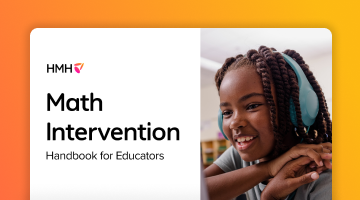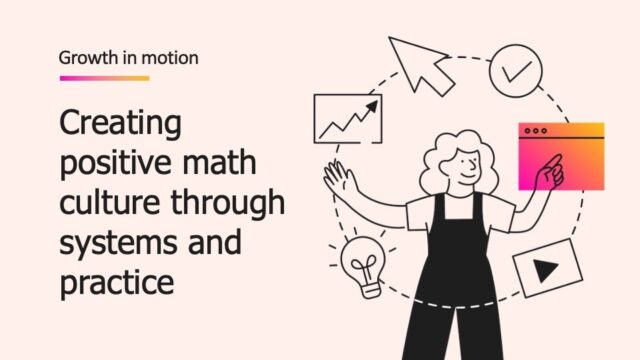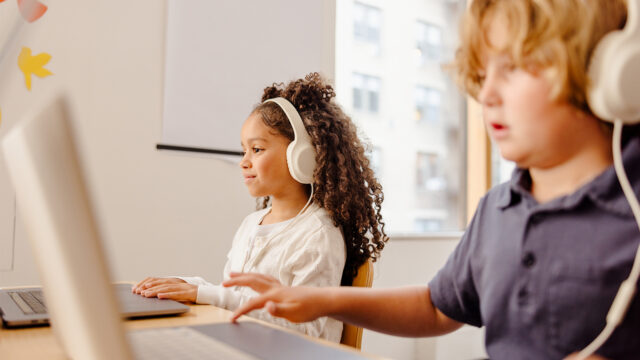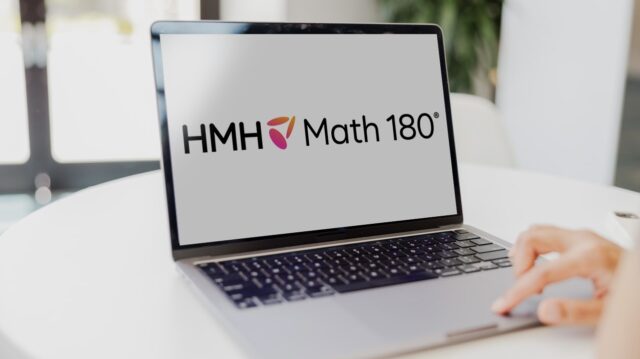
What is a game?
A game is a structured form of play that takes place inside a “magic circle.” This idea dates back to early twentieth-century writings on play by Dutch historian Johan Huizinga and was applied notably to the games of today by Katie Salen Tekinbaş and Eric Zimmerman in the seminal 2003 book, Rules of Play.
Anyone who’s played a game can likely understand this idea intuitively. An action that takes place in the real world takes on new—and sometimes fun and surprising—meanings inside a magic circle.
- In soccer, the real-world action is kicking a ball into a net. But inside the magic circle, a “goal” is scored, and one team earns a point.
- In chess, the real-world action is moving an object currently situated on one square to another square. But in the magic circle, the objects have meaning, and the queen representing one side of a battle might have captured a knight from the opposing side!
There are a variety of tools available to a game designer that help to turn the real world into a magic circle in which the participants are playing a game. The tools can look like this (to name a few):
- Points
- Progress bars
- Badges
- Leaderboards
- Avatars
- Delayed rewards
- Random rewards
- Sudden rewards
- Nonlinear experiences
- Communicating with friends
- Narratives
- “Win conditions”
We can always take tools like these and use them to enrich any experience. That’s gamification. Within education, it’s important to distinguish games vs. gamification. As an example, if a teacher keeps a tally of the number of books read across the class then throws a party when the total reaches 100, that is not the same as playing a game. However, it is gamifying the act of reading a book for a classroom setting.
This article walks through a series of facts that bolsters the case for getting games in a classroom. These facts span both games, where students are playing games for entertainment, possibly outside school time, and gamification, where elements of games are used to enrich the learning experience.
Facts about games and learning
Fact #1: Educational video games aren’t going anywhere.
Video games are ubiquitious, with one study by Pew Research showing that almost all teens, no matter their age, gender, or socioeconomic status, play video games. Teachers know this, and many are already looking for ways to incorporate video games into their lessons.
Fact #2: Games can get students reading above grade level.
Video games can help students read more complex texts and understand advanced vocabulary. According to cognition expert Constance Steinkuehler, when students read texts about World of Warcraft, such as instructions and FAQs, “struggling readers read text averaging 6.2 grade levels above their diagnosed competency . . . with accuracy rates between 94% and 99%.” When the text is connected to video games, students can grasp it faster and feel more motivated to read it.
Fact #3: Games can promote physical education.
Exercise video games are used to promote physical activity and can help students foster a healthier lifestyle in a fun and engaging way. According to researchers in both China and the US, playing Dance Dance Revolution in a physical education classroom “could have a significantly positive effect on children’s self-efficacy, social support, and daily physical activity levels across time.” Games like this create a playful environment for helping students improve physical fitness and overall well-being.
Fact #4: Even small amounts of gamification can result in measurable gains.
Incorporating gamification into routine and otherwise unexciting schoolwork boosts student engagement and motivation. In one study, researchers Jeremy Lee et al. show that even when math problems are placed in a video game superficially, students still complete “nearly three times as many questions, on average, and were provided with instant feedback on their work rather than needing to wait for the teacher to grade and return their worksheets.” Math games that provide immediate feedback help students correct misconceptions and remember what they’ve learned. When learning is designed to be fun, students can get more excited to participate and put in their best effort.
Fact #5: Video game usage is associated with academic success.
In 2016, researchers conducted a study with a large sample of over 3000 children across Europe and found that “high video game usage . . . was significantly associated with higher intellectual functioning, increased academic achievement, a lower prevalence of peer relationship problems and a lower prevalence of mental health difficulties.” Playing video games helps enhance cognitive skills and improve students’ overall academic capabilities.
Fact #6: Games can crowdsource solutions to difficult science problems.
In Foldit, players score points by folding proteins in the most efficient way possible. This lets gamers of any background help solve difficult protein folding problems with applications in biology and medicine. Scientists involved with Foldit regularly post new puzzles aimed at furthering current research in protein design, molecule design, and protein structure solving.
Fact #7: Games can improve math learning.
According to research by Geetha Ramani and Robert Siegler, playing a game along a number line “produces large gains in varied types of numerical knowledge.” This specific research was in fact referenced when developing games for Math 180, HMH’s math intervention program for Grades 3–12. Math-based games make learning more enjoyable for students and can enhance their numerical understanding. Incorporating such games into the curriculum can be a powerful tool for students’ grasp of math concepts.
Conclusion: How can games benefit me?
Games promote learning.
There is abundant evidence that educational games are good for engagement and performance in practically any subject. There are also countless ways that recreational games not typically used in a classroom can still have educational benefits.
Gamification promotes learning.
Nearly anything that isn’t a game, whether it’s a digital product or a real-life task, can benefit from incorporating game elements. This includes mundane school tasks, such as worksheets and tests.
Play more games. They’re good for you.
This article was adapted from a blog post initially developed by the education technology company Classcraft, which was acquired by HMH in 2023. The views expressed in this article are those of the author and do not necessarily represent those of HMH.
***
Explore Waggle, our K–8 practice app for math and ELA. It was designed using principles of gaming to ensure that learning is fun.
Discover best practices for integrating AI in the classroom.












